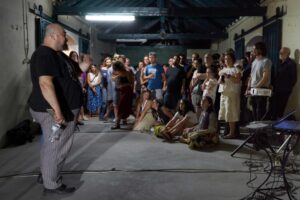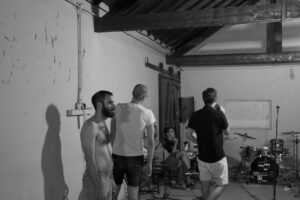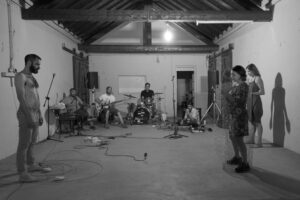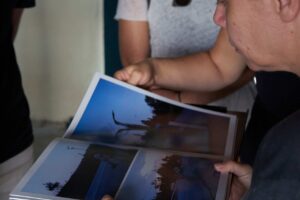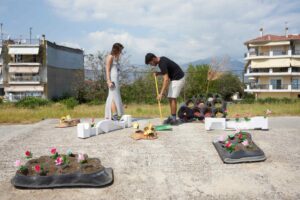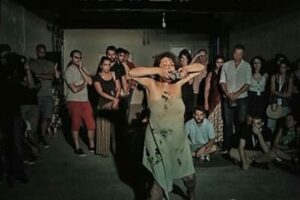
2019
1st International Forum of Performance Art
September 7–9, 2019, Drama
The first International Forum of Performance Art took place on September 7–9, 2019, in Drama, with the theme “Return to the Body.”
The main guest performers were Filippos Tsitsopoulos (London), Aneta Popova (Skopje), and Nicola Mette (Milan). Participants from Greece included: Alexandros Plomaritis, Angeliki Avgitidou, Chrysa Tzelepi, Maria Charela, Ioanna Skantzeli, Maro Theodosiou, Penelope Hatzidimitriou, Antonis Diamantis, Ioannis Fragoulis, Filippos Takis, Vasilis Alexandrou, Thanasis Hondros, Alexandra Katsiami, and Ioannis Mitrou with a group of students from Aristotle University of Thessaloniki.
As part of the event, 15 students from the School of Fine Arts of Aristotle University of Thessaloniki were hosted in the form of an artistic residency, participating in workshops and activities with the invited artists and academics.



